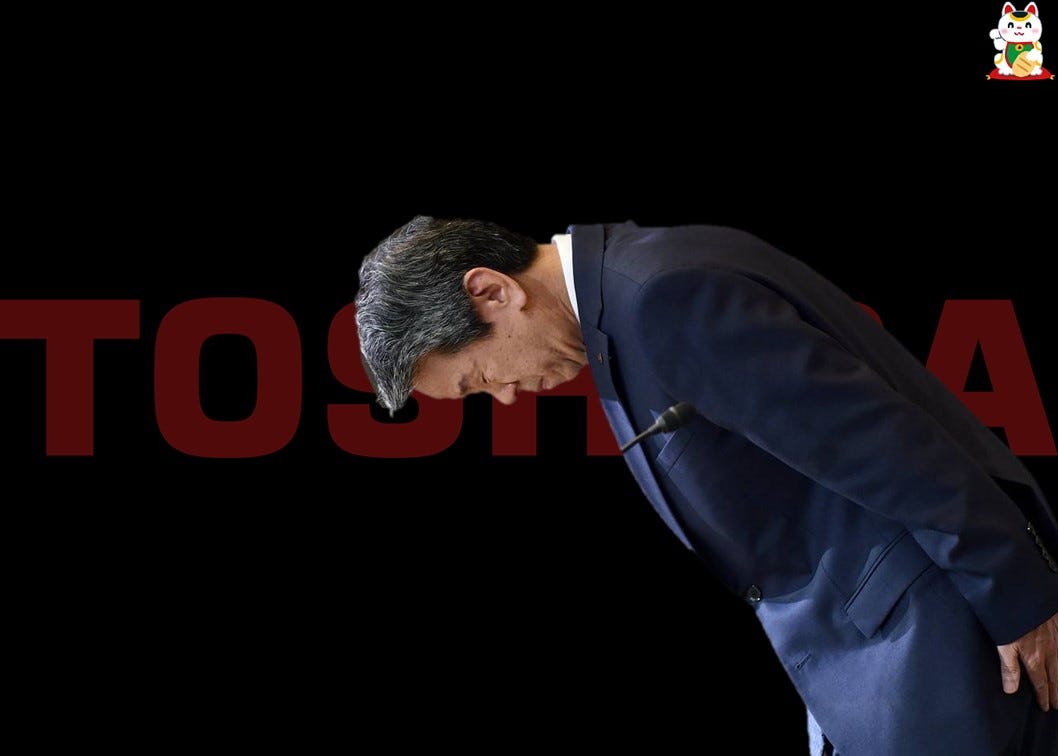For a long time, I've been eager to share this story, to reveal the twists and turns that led to the downfall of a once legendary tech titan. A business whose technology could rival Apple and Microsoft now finds itself ridiculed in the very industry it once thrived in.
After years of struggle, caught in Japan's biggest corporate scandal and plagued by mi…
Keep reading with a 7-day free trial
Subscribe to KonichiValue Japan to keep reading this post and get 7 days of free access to the full post archives.



